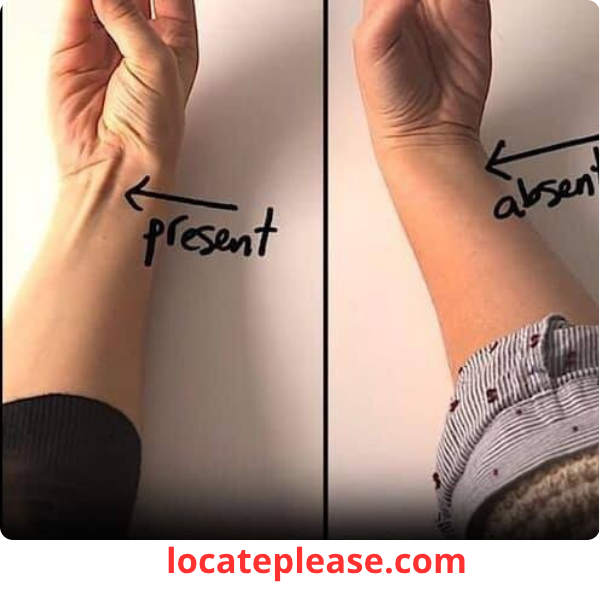Have you ever touched your pinky finger to your thumb and noticed a sudden, thin cord-like ridge running up the underside of your forearm? That’s a tendon — and the fact that it appears in some people (but not all) is more than just a quirk of anatomy. It could be a fascinating glimpse into human evolution.
This little-known phenomenon is tied to a muscle called the palmaris longus — and its presence (or absence) offers a rare, visible clue to our shared ancestry with other primates and the ever-changing story of human adaptation.
The Palmaris Longus: A Vestigial Muscle
The palmaris longus is a small, thin muscle that runs from the elbow to the wrist, connecting to the palmar fascia in the hand. But here’s the catch: it’s not essential for modern human function.
In fact, about 10–15% of people are born without it — and they don’t miss it. No loss of grip strength. No functional deficit. It’s completely optional.
So why do some of us still have it?
Because it’s a vestigial structure — a leftover from our evolutionary past.
Why Did We Evolve This Muscle?
Millions of years ago, our primate ancestors relied on powerful grasping and climbing abilities to survive. The palmaris longus helped flex the wrist and tighten the grip, which was crucial for:
- Swinging from branches
- Climbing trees
- Holding onto food or tools
In animals like monkeys, opossums, and even frogs, this muscle is well-developed and highly functional.
But as humans evolved to walk upright and rely less on climbing, the muscle became less necessary — and in many of us, it disappeared entirely through natural selection.
How to Test If You Have the Palmaris Longus
It’s easy to check:
- Hold your arm out with your palm facing up.
- Touch the tip of your thumb to the tip of your pinky.
- Slowly lift your hand toward the ceiling, flexing your wrist.
👉 If you see a tendon-like band standing out in the middle of your forearm, you have the palmaris longus.
👉 If nothing appears, you’re part of the growing number of people who’ve naturally lost this muscle — a sign of ongoing human evolution.
🔬 Fun fact: Surgeons often harvest the palmaris longus tendon for use in reconstructive surgeries (like ACL repairs) because its absence causes no harm.
Why It Matters: Evolution in Real Time
The palmaris longus is a textbook example of evolutionary leftovers — structures that once had a purpose but no longer do. Other examples include:
- Wisdom teeth (from when we chewed tough raw plants)
- The tailbone (coccyx) (remnant of a tail)
- Goosebumps (leftover reflex to fluff up fur for warmth or intimidation)
Just like these, the palmaris longus doesn’t serve a vital role in modern life — but its presence (or absence) shows that evolution isn’t just a theory. It’s happening in our bodies, right now.
What This Means for You
Seeing that tendon pop up when you touch pinky to thumb doesn’t mean you’re more “primitive.” And lacking it doesn’t make you more advanced. It simply highlights the diversity of human genetics and the slow, silent process of adaptation.
But it is a powerful reminder:
Our bodies are living museums of evolution — full of clues to where we came from, how we survived, and how we continue to change.
A Tiny Tendon, A Big Story
Next time you make that pinky-to-thumb touch, take a second to look. Whether you see a tendon rise or not, you’re witnessing something extraordinary.
Not magic. Not myth.
Biology in action.
Because in that small movement, you’re not just flexing your wrist — you’re touching the deep past of our species.
And that’s something worth pausing for.










